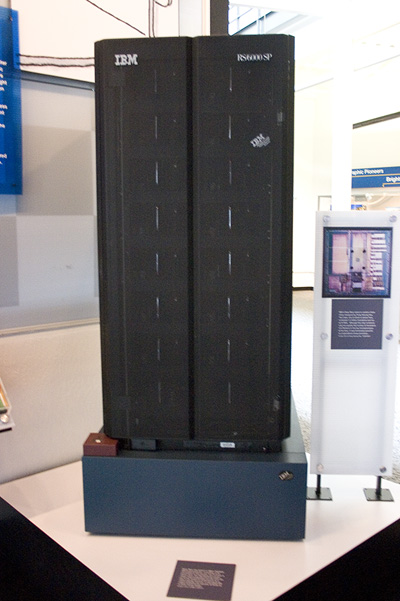lpetrich
Contributor
We Taught Computers To Play Chess — And Then They Left Us Behind | FiveThirtyEight
 Elo rating system
Elo rating system
The best human players slowly increased from 2700 in 1980 to 2800 in 2019, but computer software increased much faster, from 2200 in 1980 to 2800 in 1995 to 2900 in 2010 to 3400 in 2019.
TCEC - Live Computer Chess Broadcast -- different chess engines, as they are called, pitted against each other. Engines with names like Stockfish, Komodo, Gull, Mantissa, Berserk, Arasan, Tucano, BlackMarlin, Seer, Zahak, Glaurung, ...
Then showing the performance of the best chess software vs. the best human players, using theMy progression mirrors how we taught our computers to play chess. The earliest programs, gawkish code running on ungainly mainframes, were woodpushers, capable of playing chess technically but not well. Their successors, running on sleeker supercomputers or speedier modern desktops, had mastered theory — openings and endgames, as well as the sophisticated tactics of the middle game — and now played better than any human. And their successors, the latest evolution, ungodly chess beings sprung from the secretive labs of trillion-dollar companies, play a hyper-advanced alien chess, exotic and beautiful, something no human is capable of fully understanding, let alone replicating, but so full of awesome style.
The best human players slowly increased from 2700 in 1980 to 2800 in 2019, but computer software increased much faster, from 2200 in 1980 to 2800 in 1995 to 2900 in 2010 to 3400 in 2019.
TCEC - Live Computer Chess Broadcast -- different chess engines, as they are called, pitted against each other. Engines with names like Stockfish, Komodo, Gull, Mantissa, Berserk, Arasan, Tucano, BlackMarlin, Seer, Zahak, Glaurung, ...

